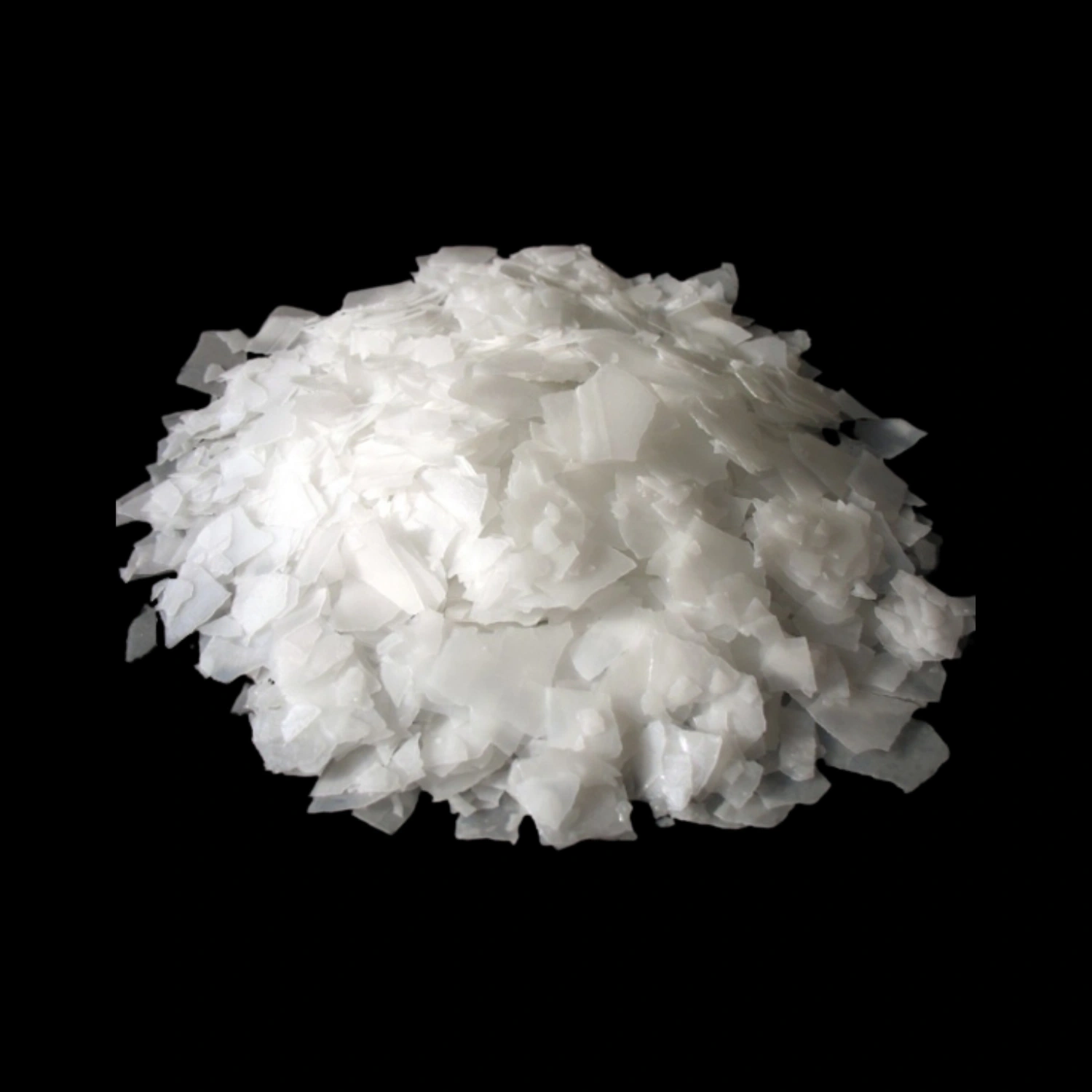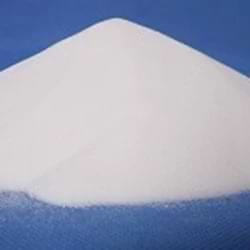Caustic Soda Pearls - China
|
IUPAC Name |
: Sodium hydroxide |
|
Cas Number |
: 1310-73-2 |
|
HS Code |
: 2815.11.00 |
|
Formula |
: NaOH |
Basic Information
|
Appearance Name |
: White Pearls |
|
Common Names |
: anhydrous caustic soda , caustic alkali , caustic flake , caustic soda, solid , caustic white , caustic, flaked , hydrate of soda , hydroxide of soda , LEWIS red devil lye , soda lye , sodium hydrate , sodium hydroxide, pellets |
|
Packaging |
: 25 Kg PP/PE Bags |


---india.webp)
---bangladesh.webp)

